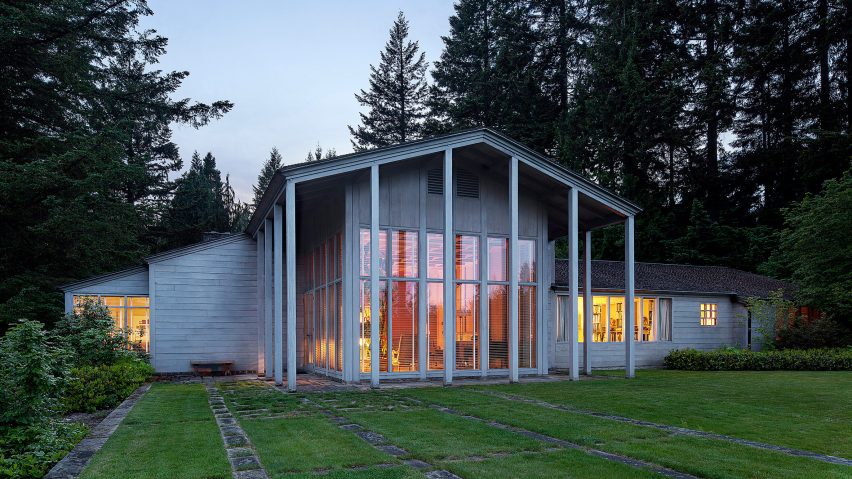
Portland Art Museum spotlights local modernist architect John Yeon
The life and work of modernist architect John Yeon is the focus of an exhibition at Portland Art Museum, which aims to elevate his profile and highlight his contribution to the area.
Quest for Beauty: The Architecture, Landscapes and Collections of John Yeon delves into the legacy of the local architect.
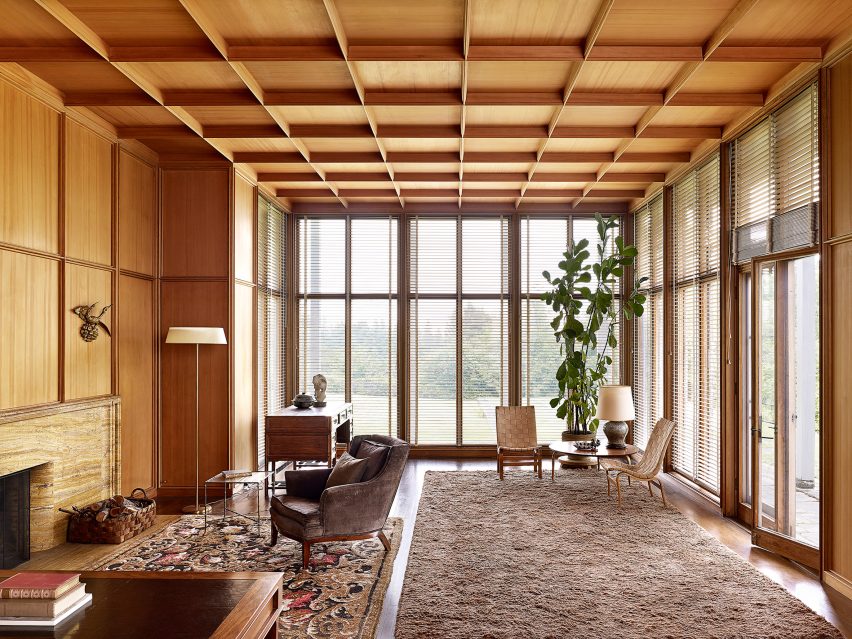
Relatively unknown in other parts of the country, Yeon is credited with introducing modernism to the Pacific Northwest and creating a regional version of the architectural style.
His most important buildings include the 1936-38 Aubrey R Watzek House in Portland, his first architecture project, for which he combined modernist principles with local materials and Japanese aesthetics.
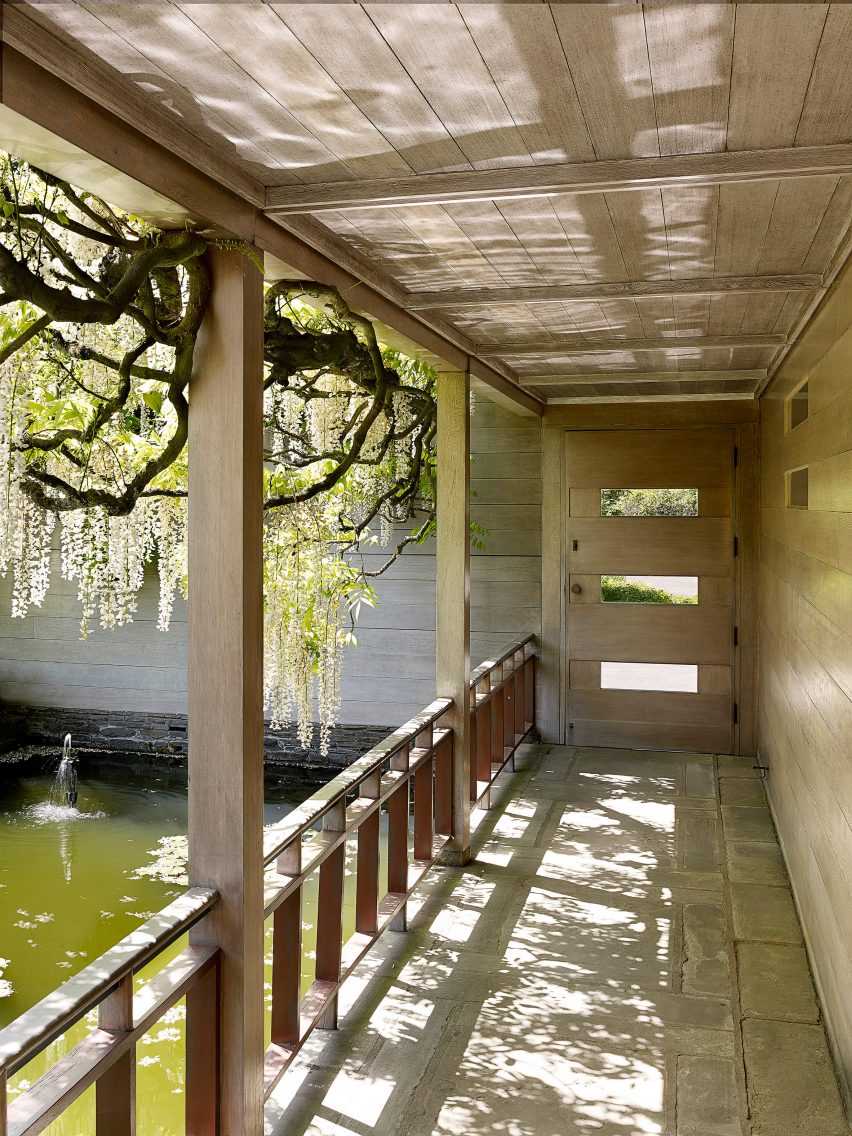
"It became an icon – five or six years after [MoMA's 1932] international style exhibition – of a more organic American modernism," said exhibition curator and Yeon Center director Randy Gragg.
"The house was celebrated widely, and photographed by Ezra Stoller and Maynard Parker – the greats of midcentury architectural photography."
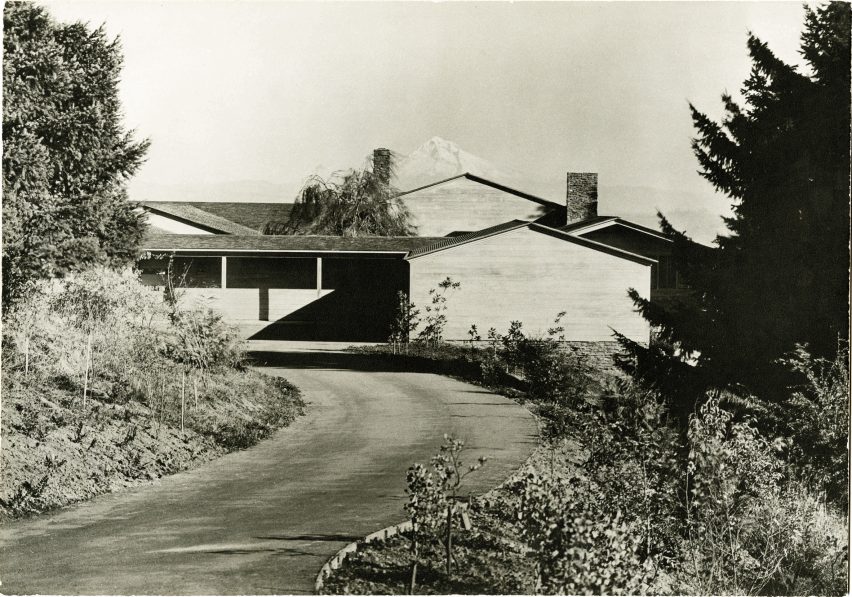
Yeon designed several houses and civic buildings during his career that followed the same style, which are presented in the show through original drawings, models and photographs. Both built and unbuilt projects are documented.
"John believed strongly in axial relationships and terminal vistas," Gragg said. "He was also very much a synthesiser – the details are all hinting at other traditions of architecture, in both Europe and Asia, synthesised down to this modernist minimalism."
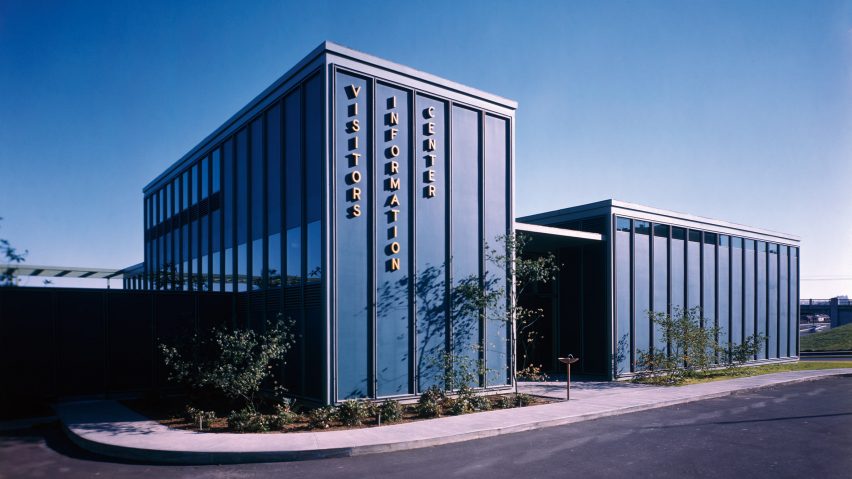
With the builder of the Watzek House, he went on to design a series of plywood homes in the 1930s.
The material allowed for a complete modular system that included truss-less roofs, integrated passive ventilation and parquet flooring – all for four per cent of the cost of the Watzek House.

Born in 1910, Yeon was a largely self-taught architect, and designed the Watzek House aged 27.
He was the son of an Oregon lumberman and road builder, who was responsible for the construction of the Columbia River Gorge Highway – considered America's first scenic road.

From an early age and throughout his lifetime, Yeon sought to preserve large sections of the gorge and other parts of the Oregon landscape from development.
"The guy's 20s were amazing," said Gragg. "As he was designing the Watzek House, he was also chairing a committee looking at the long-term scenic resources of the Columbia River Gorge, writing what became the Pacific Northwest's first environmental impact statement."
"He was holding a lot of ideas in that head," Gragg added.
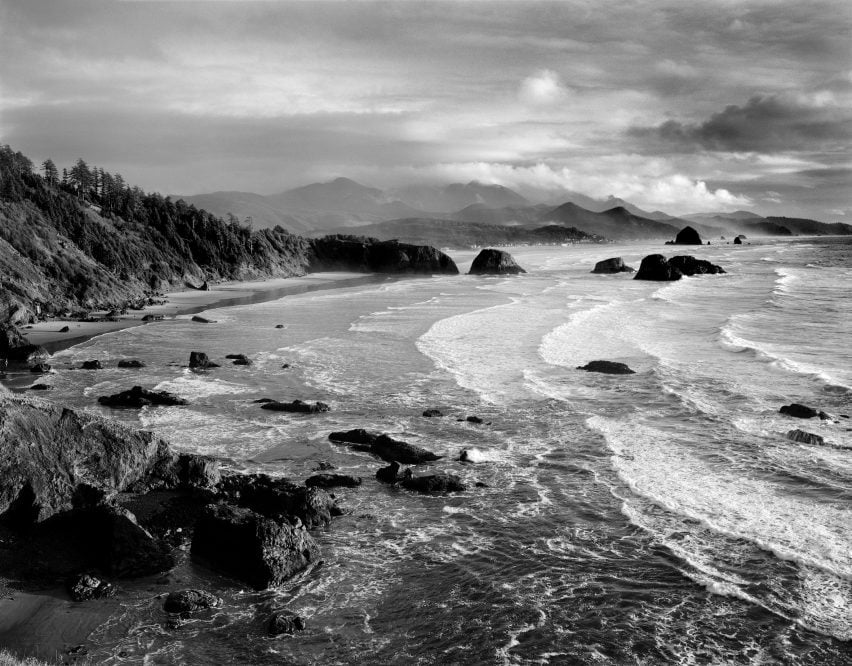
Yeon was crucial in saving a section of the state's dramatic coastline, known as Chapman Point, after purchasing the land – now a state park. A giant image of this landscape is pasted onto a wall in the museum's grand foyer, at the entrance to the exhibition.
Yeon was also an avid art collector, particularly of Chinese and Japanese artefacts that hold a relationship to his architecture. A sampling from his extensive collection is also on show as part of the exhibition.
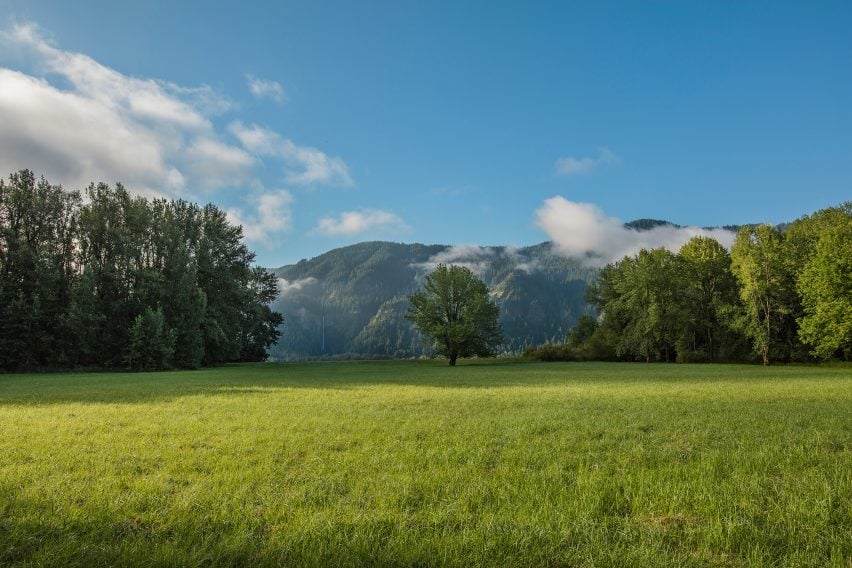
Yeon died in 1994, but his work continues to influence the design community of his home town.
Portland-based design company Rejuvenation recently used his work as a reference for its Yeon Northwest Modern lighting, including a recreation a globe-shaped glass lamp modelled on a fishing buoy that he created for the Watzek House.
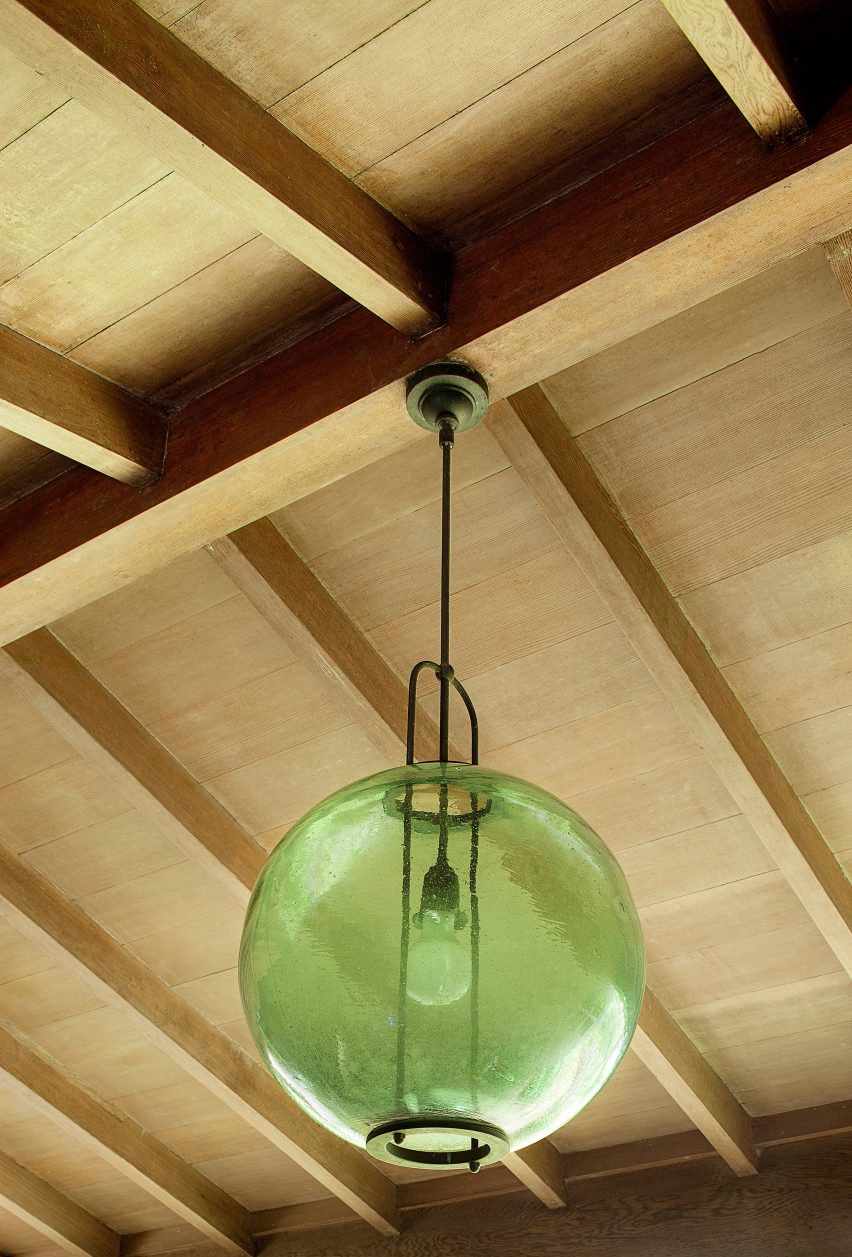
Local studio Lever Architecture designed the exhibition, and created new models and axonometric drawings of Yeon's buildings for the display.
Other highlights include a large digital image showing a vista preserved by the architect in the Columbia River Gorge as it changes through the seasons.
The exhibition is running from 13 May to 3 September 2017 at Portland Art Museum, 1219 SW Park Avenue.